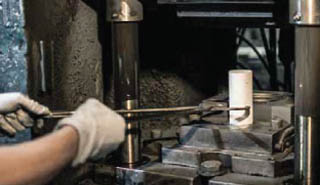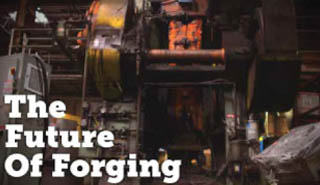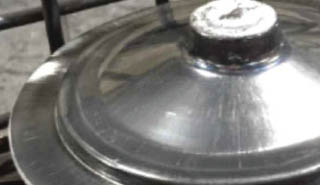Compare and contrast reinforced plastics and composites (RP/C) to forging – in terms of cost of materials, production rates, established documentation, service temperature range, and reliability of service performance.
Compare… |
||
|---|---|---|
Cost of materials:
Reinforced Plastics and Composites (RP/C)High costs are incurred with advanced composite materials like graphite, aramid, S-glass and less common matrix resins. ForgingA typical forging application uses materials that are readily available and comparatively inexpensive. |
||
Production rates:
Reinforced Plastics and Composites (RP/C)New advanced-composite part designs may often require long lead times and substantial development costs. ForgingThe forging process had high production rates that have yet to be matched or achieved in reinforced plastics and composites. |
||
Established documentation:
Reinforced Plastics and Composites (RP/C)RP/C physical property data is scarce, and data from material suppliers lack consistency. ForgingParts as advanced as aerospace components are well-established as forging applications, with well-documented physical, mechanical and performance data. |
||
Service temperature range:
Reinforced Plastics and Composites (RP/C)RP/C service temperatures are limited, and effects of temperature are often complex. ForgingForgings maintain their quality of performance over a wider temperature range. |
||
Reliability of service performance:
Reinforced Plastics and Composites (RP/C)Deterioration and unpredictable service performance can result, requiring continuous reinforcing of RP/C fibers. ForgingForging materials out-perform composites in almost all physical and mechanical property areas, especially in impact resistance and compression strength. |
For more information on forgings compared to reinforced plastics and composites, visit the Forging Industry Association (FIA) website












